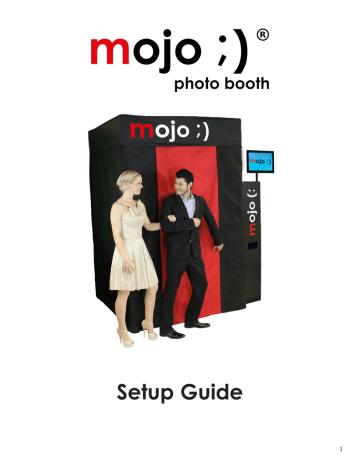
There’s a couple of ways you can rinse out a screen without using a washout booth. If you don’t have a washout booth, rinsing out screens can be a challenge. RELATED: WHICH BASELAYR EMULSION IS RIGHT FOR ME? RINSING SCREENS Make sure to coordinate lighting between your darkroom and drying cabinet/box so you don’t expose your screen to white light. It’s designed for less-optimal darkrooms, and is more forgiving. If you’re worried about potential light leakage, consider Baselayr Long Lasting emulsion. Make sure to block out or turn off all white light, as it can damage the emulsion. Here are some best practices for keeping your darkroom process efficient and screen-safe. No matter where your darkroom is set up, you’ll need to follow the same steps to make sure your darkroom does the most for you. Every space should be mopped and swept weekly to keep dust and lint to a minimum. Make sure that your garage is as clean as possible, so dust and dirt don’t get on the screens. You might have room for a washout booth, too. You can fit your exposure unit and screen drying rack in the same room. If you’re parking your car in the garage, make sure your screens are safe (in an enclosed drying cabinet or box) so the light from outside does not hit them when the garage door opens. Make sure to block out all natural light. If you have the space to create a darkroom in your garage, do it! You’ll need the same supplies as the previous setups, but you have more space and more control. RELATED: WHAT A SCREEN DRYING CABINET DOES FOR YOUR DARKROOM THE GARAGE DARKROOM Always make sure you have plenty of air flow over the screens. If your drying rack system isn’t optimal, you’ll have trouble drying the screens properly. Every time you turn on the shower, you’re introducing humidity into the space.

Humidity can be an issue if you’re drying screens in the bathroom. As long as you have air circulation and humidity control, your screens will be just fine. Set up the air circulation and dehumidifier inside the tent, like the closet darkroom. You can buy tents that fit over baking racks to keep out humidity. You can also build a screen rack, or use a baking rack. If you don’t have a screen rack, you can always create your own rack like in the closet darkroom. Make sure you use light-safe bulbs whenever you’re exposing screens in your bathroom. If you need more space, a darkroom in your bathroom or a spare room will work. The closet darkroom probably isn’t large enough to fit an exposure unit and other equipment you’d use in a darkroom. For rinsing and reclaiming your screens, there’s a couple different options if you don’t have a washout booth. You’ll also need a light-safe bulb that won’t react with the emulsion.
#Darkroom booth camera settings windows#
Block out windows and other sources of natural light. If you’re using a closet as a dry box, you can put an exposure unit wherever you want, as long as it’s in a light-safe area.

You still want to make sure as much light as possible is blocked from the darkroom.īut what about the exposure unit? A closet is great for drying screens, but the rest of the darkroom can’t fit there. Since it’s a dark, enclosed space, the white (UV) light filtering into the space will already be minimal. If your closet has a door, you’re set up for success. The heat from the dehumidifier should give off enough warmth in the closet. You want a warm, dry climate in a darkroom. You’ll also need a hygrometer to measure the humidity and temperature. Don’t forget a dehumidifier to reduce the humidity in the closet. You can also use a standing fan if it fits your space better. You could use 20” box fans, blowing across the surface of the screens. Next, you’ll need some type of air circulation. This way, you can store your screens without taking up extra space. Try building a wall-mounted screen rack using 2x2’s secured on the wall. When setting up a darkroom in a closet, the most important thing to do is save as much space as possible. Let’s see what you can do to ensure you make the most optimal darkroom in the space you have. You can create a functional darkroom in any space.Įach setup is a little different and requires a bit of creativity. All you need is a dehumidifier, a screen rack (homemade or purpose built), fans, and a hygrometer. The darkroom needs air circulation, humidity control, a place to store screens, and yellow light bulbs. No matter how much space you have, you’ll need to plan for the same basic parameters. Photo by Golden Press Studio GETTING STARTED

In this post, he shares tips and nuances for constructing home darkrooms in a closet, a bathroom, and a garage. Setting up an effective darkroom can be challenging, but Darkroom expert Colin Huggins has you covered. If your print shop is in your home, you might have to get creative with your darkroom. To get the best screen possible, you need the best darkroom setup.


 0 kommentar(er)
0 kommentar(er)
